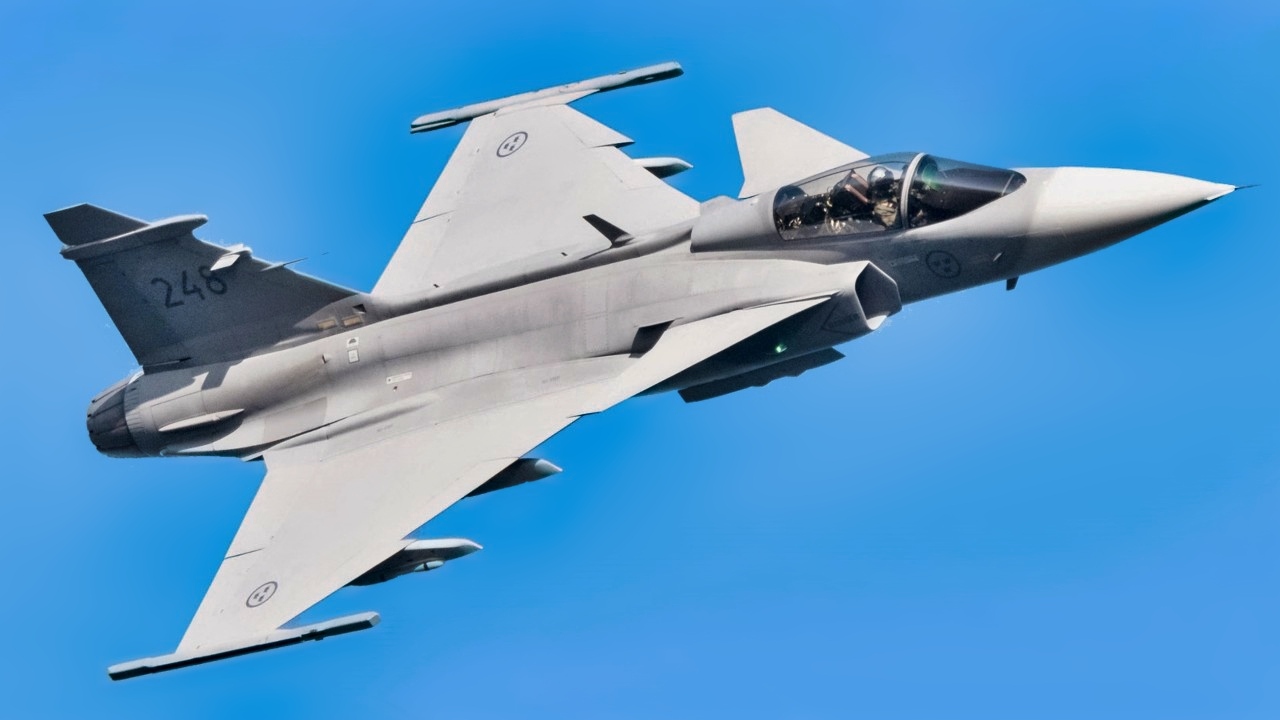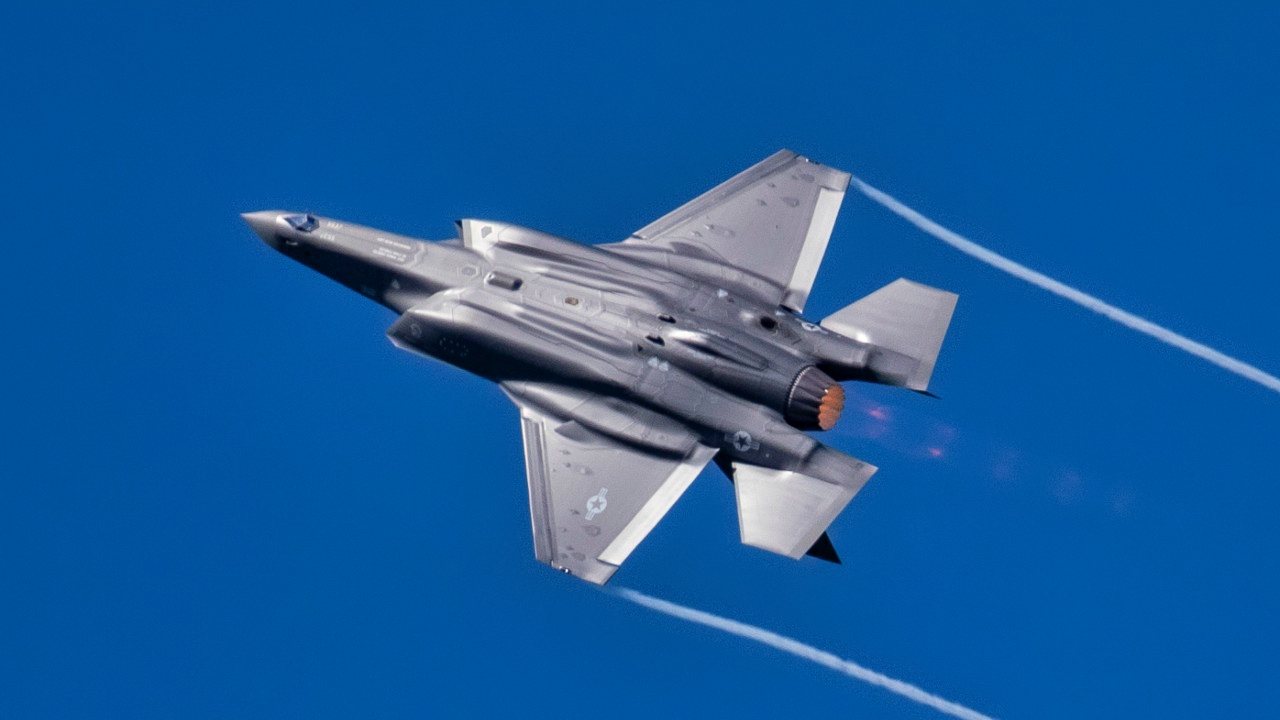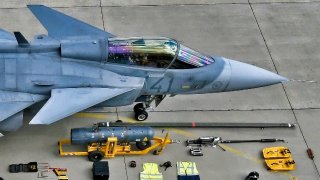NATO Is Showing Off Its Tactical Nuclear Capabilities to Russia as a Warning
Dozens of NATO aircraft have taken to the skies as part of the largest nuclear exercise of the year. More than sixty fighter jets, strategic bombers, electronic warfare jets, surveillance aircraft, and air tankers from thirteen countries are participating in Exercise Steadfast Noon.
Dozens of NATO aircraft have taken to the skies as part of the largest nuclear exercise of the year.
More than sixty fighter jets, strategic bombers, electronic warfare jets, surveillance aircraft, and air tankers from thirteen countries are participating in Exercise Steadfast Noon.
Although a staple event in NATO’s calendar, Steadfast Noon is all the more relevant today after Russia’s persistent nuclear threats against the United States and NATO over Ukraine.
Nuclear Weapons Over Europe
During a time of heightened tensions with Russia, NATO hones its tactical nuclear capabilities.
In terms of the participating aircraft, NATO is bringing out the top guns. Specifically, B-52 Stratofortress strategic bombers and F-16 Fighting Falcon, JAS 39 Gripen, F/A-18 Super Hornet, Tornado, Eurofighter Typhoon, F-15E Strike Eagle, and F-35A/B Lightning II fighter jets are taking part in the exercise.
Several of these fighter jets are nuclear-capable, meaning that they have been authorized and equipped to carry nuclear warheads. As far as the other fighter jets, they are performing escort duty.
As far as countries go, Belgium, the Czech Republic, Denmark, Finland, Germany, Greece, Italy, the Netherlands, Poland, Romania, Turkey, the United Kingdom, and the United States are participating in Steadfast Noon.

“Nuclear deterrence is the cornerstone of Allied security,” NATO Secretary General Mark Rutte said in a press release. "Steadfast Noon is an important test of the Alliance's nuclear deterrent and sends a clear message to any adversary that NATO will protect and defend all allies.”
This year, Belgium and the Netherlands are hosting Steadfast Noon. Training missions will also take place over Denmark, the UK, and the North Sea.
The NATO countries hosting the exercise invested time and money in upgrading their air bases that would host the nuclear-capable aircraft. There are special vaults and bunkers that host nuclear warheads. And, when the time comes, the warheads are brought out and installed into bombs or missiles before they go on the aircraft.
Tactical nuclear munitions have a scalable yield, meaning that the operator can choose how big of a nuclear explosion it would need.
Although several of the participating aircraft are designated as nuclear-capable, if push comes to shove, any aircraft could deploy a nuclear munition.
Russian Threats
Russian President Vladimir Putin recently announced a change in his country’s nuclear doctrine. The Russian leader highlighted that Moscow would consider an attack against its territory by a country with the weapons provided by a third country that is also a nuclear power to amount to nuclear provocation.

“NATO is taking steps to ensure the safety, security, effectiveness, and credibility of the Alliance’s nuclear deterrent. For example, this year, the first Allied F-35A fighter aircraft from the Netherlands were declared ready to perform nuclear roles,” NATO stated.
“NATO’s Washington Summit declaration makes clear that ‘the fundamental purpose of NATO’s nuclear capability is to preserve peace, prevent coercion and deter aggression,’ It [sic] states that as long as nuclear weapons exist, NATO will remain a nuclear alliance,” the transatlantic Alliance added.
About the Author
Stavros Atlamazoglou is a seasoned defense journalist specializing in special operations and a Hellenic Army veteran (national service with the 575th Marine Battalion and Army HQ). He holds a BA from the Johns Hopkins University and an MA from the Johns Hopkins’ School of Advanced International Studies (SAIS). His work has been featured in Business Insider, Sandboxx, and SOFREP.
Image Credit: Creative Commons and/or Shutterstock.


